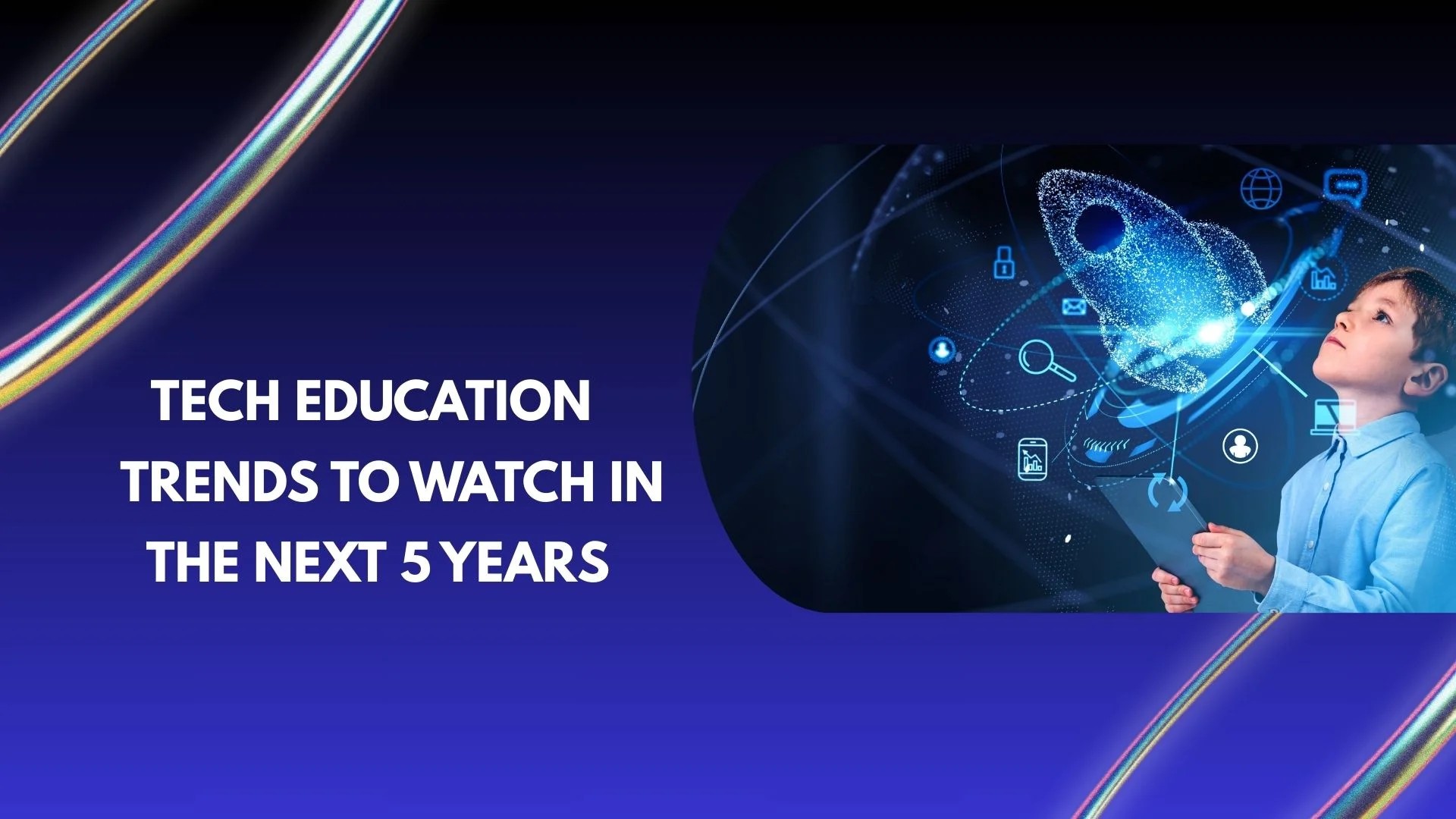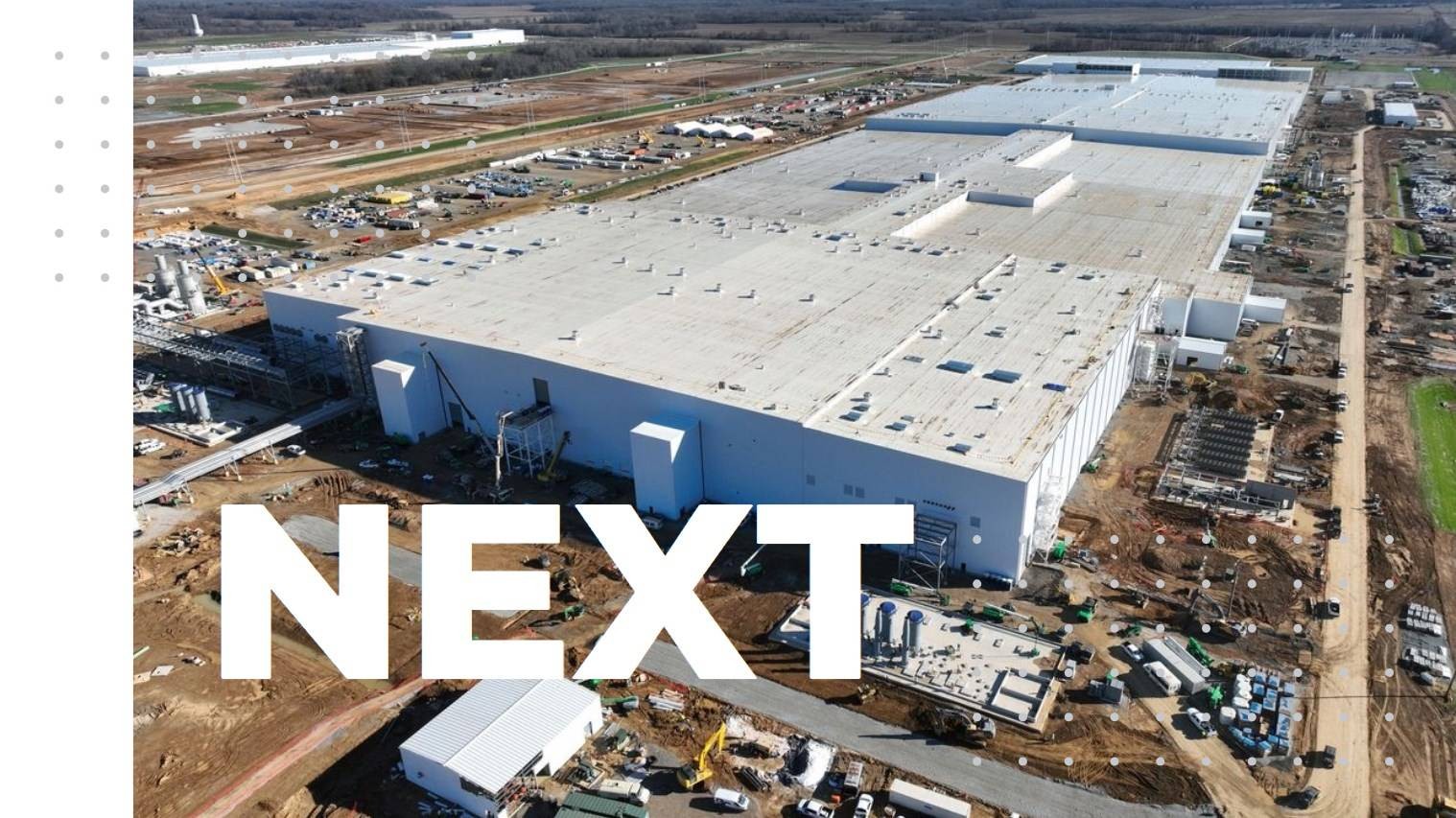The world of education is a living, breathing entity, constantly evolving to meet the demands of a rapidly changing global landscape. As we progress through 2025, several powerful trends are shaping how students learn, how educators teach, and how institutions operate. These shifts are driven by technological advancements, a deeper understanding of pedagogical science, and the ever-growing need to prepare individuals for a complex, interconnected, and highly dynamic future. For anyone invested in the future of learning, keeping a keen eye on these emerging currents is not merely advisable; it is essential for fostering success and innovation.
One of the most profound and transformative trends to watch is the **accelerated integration of Artificial Intelligence (AI) into learning environments**. AI is no longer a futuristic concept confined to research labs; it is rapidly becoming a practical tool that personalizes learning experiences, automates administrative tasks, and provides intelligent support. Imagine AI-powered adaptive learning platforms that analyze a student’s strengths, weaknesses, and learning pace in real-time, tailoring content, exercises, and feedback to their individual needs. This moves beyond the traditional “one-size-fits-all” model, ensuring that every learner receives customized support. Furthermore, AI tools are assisting educators by automating grading of objective assessments, generating lesson plan outlines, and providing insights into student performance data, freeing up valuable teacher time to focus on complex instruction and genuine human interaction. The ethical implications and responsible deployment of AI remain critical considerations, but its potential to revolutionize personalization and efficiency in education is undeniable.
Closely linked to AI’s rise is the continued evolution of **personalized learning**. While the concept has been a buzzword for years, 2025 sees it moving from theory to mainstream practice, greatly enhanced by AI and learning analytics. This trend focuses on tailoring educational content, pace, and approach to each student’s unique needs, interests, and learning style. Instead of a uniform curriculum, personalized learning allows students to follow customized paths, explore topics that genuinely captivate them, and demonstrate mastery in ways that resonate with their individual strengths. This can involve adaptive software that adjusts difficulty levels, project-based learning opportunities that allow for diverse approaches to problem-solving, and flexible scheduling that accommodates different learning rhythms. The goal is to empower students to take greater ownership of their education, fostering deeper engagement and self-motivation by making learning deeply relevant and individually responsive.
Another significant trend gaining considerable traction is the widespread adoption of **social-emotional learning (SEL)**. Recognizing that academic success is inextricably linked to well-being, educational institutions are increasingly prioritizing the development of non-cognitive skills. SEL emphasizes cultivating self-awareness, self-management, social awareness, relationship skills, and responsible decision-making. Schools are integrating SEL into core curricula, designing learning spaces that support emotional regulation, and providing extensive teacher training in mental health literacy and empathy. For instance, literature classes might explore empathy through character analysis, while group STEM projects intentionally teach collaboration and problem-solving. This holistic approach acknowledges that students need to develop emotional intelligence and resilience to navigate stress, build healthy relationships, and thrive in complex personal and professional landscapes, ultimately performing better academically and in life.
Furthermore, the lines between traditional degrees and skill-based credentials are blurring, giving rise to the importance of **micro-credentials and alternative learning pathways**. In a rapidly changing job market where specific skills can quickly become obsolete, individuals need agile ways to acquire and validate new competencies without committing to lengthy, expensive degree programs. Micro-credentials, digital badges, and short-form certifications offer focused, verifiable proof of mastery in niche areas. This trend benefits working professionals seeking to upskill or reskill, as well as employers who are increasingly prioritizing skills-based hiring over traditional degrees alone. Universities are also adapting by offering “stackable” credentials that can eventually build towards a full degree, making education more flexible, accessible, and directly responsive to immediate workforce demands. This shift reflects a move towards lifelong learning as an essential component of career longevity.
Finally, the intentional application of **gamification in education** continues to expand beyond simple rewards systems, becoming a sophisticated tool for engagement and knowledge retention. Gamification involves integrating game-like elements—such as points, badges, leaderboards, narrative-driven journeys, and challenges—into learning experiences. This approach leverages intrinsic motivation, making the learning process more interactive, enjoyable, and effective. Imagine learning a new language through an immersive virtual reality game where you practice conversations in a simulated real-world environment, or mastering complex physics concepts through a competitive, problem-solving simulation. As technology advances, the integration of AI, augmented reality (AR), and virtual reality (VR) will make gamified learning experiences even more personalized and immersive, turning once-mundane subjects into captivating adventures that boost motivation and significantly improve information retention.
In conclusion, the educational landscape in 2025 is dynamic and exciting, marked by profound innovations that promise to reshape learning for generations to come. The widespread integration of AI, the deepening focus on personalized learning, the essential emphasis on social-emotional development, the rise of flexible micro-credentials, and the sophisticated application of gamification are not isolated phenomena. Rather, they are interconnected trends that collectively point towards a future where education is more adaptive, more equitable, more engaging, and ultimately, more effective in preparing individuals to thrive in an increasingly complex and interconnected world. Educators, policymakers, and learners alike would do well to embrace these shifts, recognizing that continuous adaptation is the key to unlocking the full potential of human learning.





